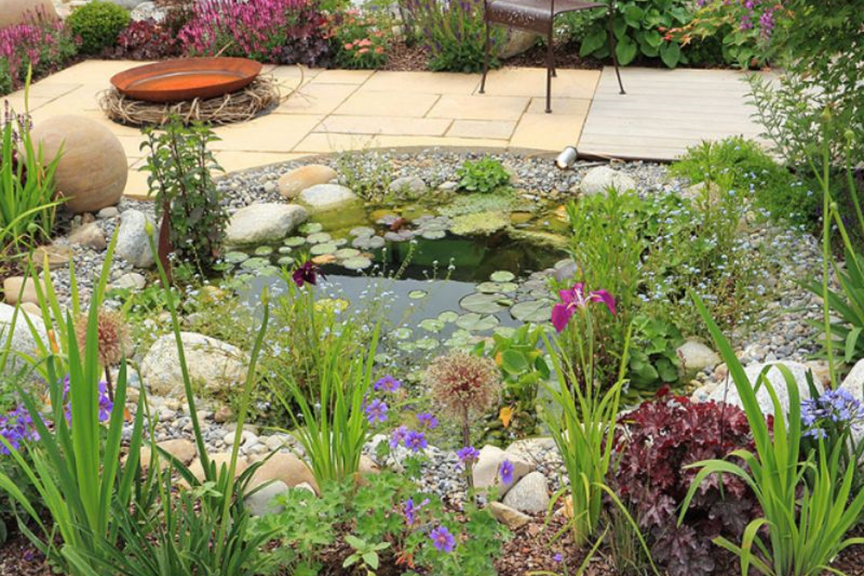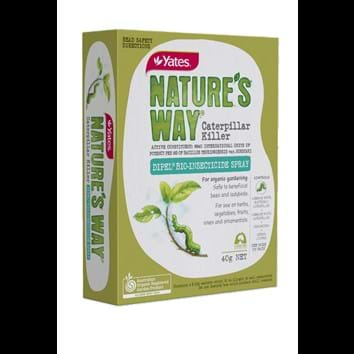Create a Wildlife Pond
One of the best ways to attract wildlife into your garden is by creating a shallow garden pond. It will become a mecca for dragonflies, frogs, lizards and small birds. Be cautious, however, if you have small children in the family or as regular garden visitors. It might be better to wait until the children are older before installing your pond. And, of course, a pond won’t be a wise choice if you live in an area that’s infested with cane toads. These horrid invaders don’t need any extra encouragement to move into your garden!






